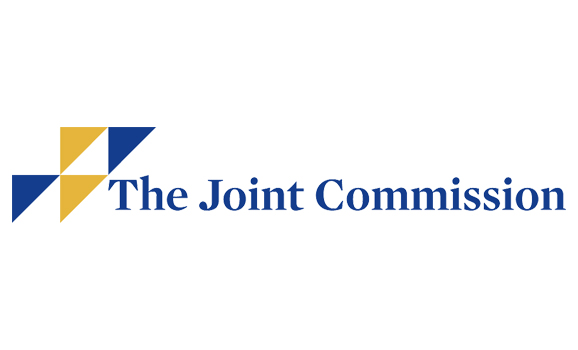Suicide Prevention Month: Hospitals prepare for new The Joint Commission suicide prevention goal, effective 2026

Editor's Note Hospitals will soon face stronger accountability for suicide prevention, as The Joint Commission prepares to implement “National Performance Goal (NPG) 8” on January 1, 2026, its September 3 news update reports. The goal, titled “The hospital reduces the risk for suicide,” replaces current requirements under “National Patient Safety…
Endoscopy case highlights risks of complex patients in ASCs

Editor's Note A malpractice case involving a 69-year-old man undergoing an endoscopy at an ambulatory surgery center (ASC) spotlights the risks of managing high-comorbidity patients outside a hospital setting. According to a May 13 report in Anesthesiology News, the patient experienced a hypoxic event that led to permanent brain injury…
CMS plan to phase out inpatient only list sparks debate over safety for vulnerable patients

Editor's Note The Centers for Medicare & Medicaid Services (CMS) is moving to eliminate its Inpatient Only (IPO) List over the next 3 years, a decision that could permanently shift more surgical procedures from hospitals to outpatient settings. According to an August 24 article from Fierce Healthcare, the policy promises…
Sameness in nursing care puts patients at risk

Editor's Note Treating every patient the same may feel fair, but it can be dangerous, according to a September 2025 article from the American Journal of Nursing, which argues that cultural indifference in nursing practice undermines patient safety and trust. Per the article, person-centered care requires more than standardized protocols.…
Expert lessons on building successful total joints programs in ASCs

By 2022, orthopedic procedures performed in ambulatory surgery centers (ASCs) were already outpacing expectations. For years, total hip and knee replacements were considered too complex for same-day surgery. Yet, total joints replacement volumes jumped nearly 200% between 2020 and 2022—outpatient total knee arthroplasty surged nearly 194%, while total hip arthroplasty…
Cryo nerve ablation cuts pain, narcotic use after heart surgery

Editor's Note A freezing technique applied during heart surgery is reducing pain, shortening recovery times, and minimizing the need for narcotics, News 9/CBS News August 13 reports. The procedure, called cryo nerve ablation, involves freezing nerves around the ribs to block pain signals for about 60 days. The nerves eventually…
Study finds no link between long-standing preprocedural fasting and aspiration pneumonia risk

Editor's Note Loosening fasting policies before surgery does not increase the risk of post-surgical aspiration, also known as aspiration pneumonia, according to a systematic review and meta-analysis published in the journal Surgery in August 2025. The researchers analyzed 17 studies published between 2016 and 2023, including randomized clinical trials and…
Study: Preoperative behavioral health evaluations improve orthopedic recovery

Editor's Note Meeting with a health behavior psychologist before orthopedic surgery can help patients identify and overcome barriers to recovery, leading to better surgical outcomes, according to a University of Missouri School of Medicine July 31 news article covering a study published in the Journal of Knee Surgery. The study…
UC Davis secures $2M to study bone health in prostate cancer, prevent post-injury arthritis

Editor's Note The UC Davis Department of Orthopaedic Surgery has received more than $2.2 million in Department of Defense funding for two research projects addressing bone health in prostate cancer and preventing arthritis after joint injuries, a UC Davis Health July 15 news release reports. The larger grant, $1.8 million,…
Imposter syndrome widespread among surgical trainees, disproportionately affects women

Editor's Note Nearly three-quarters of orthopedic surgery residents experience significant or intense imposter syndrome, with female trainees facing markedly higher risk, according to a study published April 7 in the Journal of Bone and Joint Surgery Open Access. As detailed in the study, researchers surveyed 100 residents across seven US…

 Free Daily News
Free Daily News